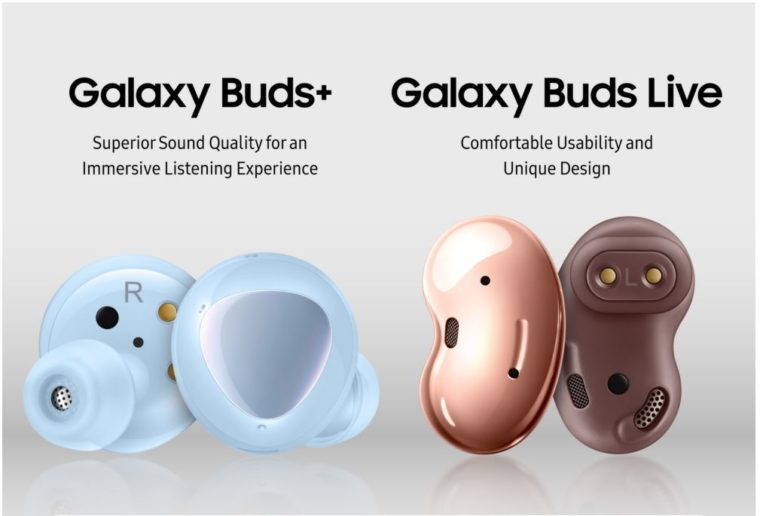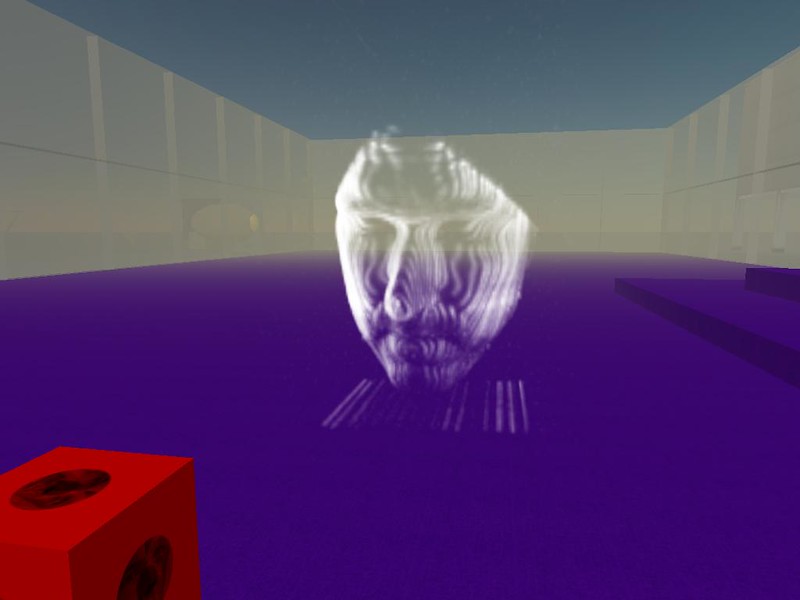Hologram technology has been one of the biggest fantasies of geeks and sci-fi fans for the past two decades. However, thanks to technological advances in areas such as optics, displays and artificial intelligence, it could relatively soon become a part of our daily lives. After eight years of developing and testing holographic display technologies, a team of researchers from the Samsung Advanced Institute of Technology (SAIT) is confident that a holographic screen can become a product in the near future.
Samsung researchers recently published a paper on thin-panel holographic video displays in the prestigious scientific journal Nature Communications. The article describes a new technology developed by the SAIT team called S-BLU (steering-backlight unit), which seems to solve one of the biggest problems hindering the development of holographic technologies, which is narrow viewing angles.
You could be interested in

The S-BLU consists of a thin panel-shaped light source that Samsung calls the Coherent Backlight Unit (C-BLU) and a beam deflector. The C-BLU module converts the incident beam into a collimated beam, while the beam deflector is able to direct the incident beam to the desired angle.
3D displays have been with us for many years. They are able to convey a sense of depth by "telling" the human eye that it is looking at three-dimensional objects. In reality, however, these screens are essentially two-dimensional. The three-dimensional image is displayed on a flat 2D surface, and the 3D effect is achieved in most cases by using binocular parallax, i.e. the difference in the angle between the viewer's left and right eye when focusing on an object.
Samsung's technology is fundamentally different in that it can create three-dimensional images of objects in three-dimensional space using light. This is of course nothing new, as hologram technology has been experimented with for decades, but Samsung's advancement in the form of S-BLU technology could be the key to bringing true 3D holograms to the masses. According to the SAIT team, S-BLU can expand the viewing angle for holograms by about thirty times compared to a conventional 4-inch 10K display, which has a viewing angle of 0.6 degrees.
And what could holograms do for us? For example, to display virtual plans or navigation, make phone calls, but also daydream. What is certain, however, is that we will have to wait a little longer for this technology to become a truly common part of our lives.

